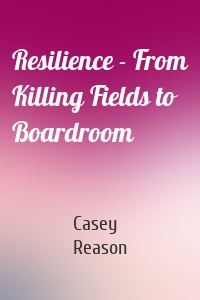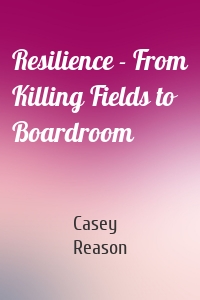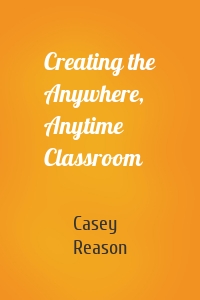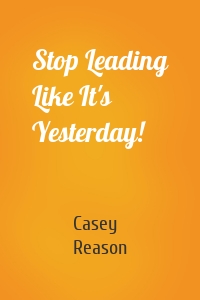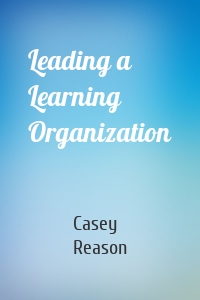Casey Reason
6 кн.
Resilience - From Killing Fields to...
In Resilience, Dr. Emad Rahim invites us on an inner journey of transformation, sharing how the S.A.L.T. model was a necessary component along the way. Rahim, a genocide survivor and refugee of the Khmer Rouge Killing Fields of Cambodia, developed the S.A.L.T. model as a means of helping him overcome the struggles of his youth.
| Автор | Casey Reason |
Resilience - From Killing Fields to...
Dr. Rahim, a genocide survivor of the Killing Fields of Cambodia, developed the S.A.L.T. model of Surviving, Adapting, Loving & Transforming as a means of helping him overcome abuse, street violence, and dyslexia. Learn how to apply this model to navigate the challenges we all encounter in life, and leverage those abilities for your own success.
| Автор | Casey Reason |
Creating the Anywhere, Anytime Clas...
As technology continues to shift the educational landscape, most K–12 teachers’ instructional strategies remain mostly unchanged. Discover how to enhance student learning in online and blended classrooms. This user-friendly resource offers direct guidance on the steps K–12 educators must take to facilitate online learning and maximize student growth using readily available digital tools. Each chapter includes suggestions, tips, and examples tied to pedagogical...
| Автор | Casey Reason |
Inside PLCs at Work®
Inside PLCs takes readers on a journey to Sheridan County School District 2, a district in Wyoming that has built a professional learning community (PLC) to great success. Using Sheridan as a real-world example, authors Casey Reason and Craig Dougherty help educators develop a deep, nuanced understanding of the PLC at Work® model and how PLCs work, preparing them in successfully implementing the PLC process in their own schools. Follow one school's journey to implement the professional...
| Автор | Casey Reason |
Stop Leading Like It's Yesterday!
Leadership practices from the Industrial Revolution are no longer effective in 21st century classrooms. Explore the Leading for Excellence and Fulfillment model, and discover practical, research-based strategies that will be relevant to school leaders today and tomorrow. Integrate ready-to-use techniques into your current leadership practices to maximize innovation and open up an unprecedented world of opportunities for both students and teachers.
| Автор | Casey Reason |
Leading a Learning Organization
Improve the quality of organizational learning in your school and address how current demands for rapid change and accountability contribute to levels of fear and stress. The author draws on educational, psychological, and neuroscientific research to show how leaders can change the prevailing emotional climate or tone of a school to promote deeper learning at all levels.
| Автор | Casey Reason |


